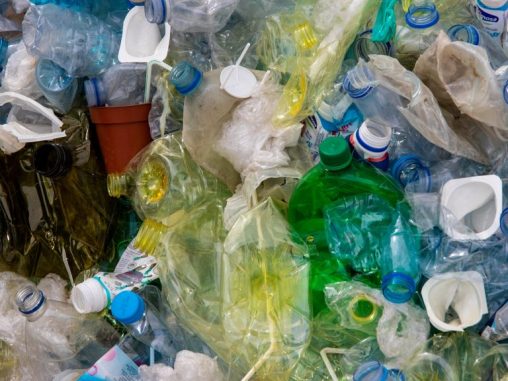Dr. Paul A. Rupar
Adjunct Professor
Contact
- 2101-D Shelby
- phone (205) 348-8434
Education
- PhD, University of Western Ontario, 2009
- BSc, University of Western Ontario, 2005
Due to their desirable mechanical properties, ease of processability, and low cost, polymers have supplanted many traditional materials in a large range of applications. However, despite their extensive adaptation, most commercially available polymers are passive; they have useful mechanical properties but lack advanced chemical or electronic functionality. Our aim is to introduce novel functionality into polymeric materials through the incorporation of inorganic elements. As our research encompasses the areas of polymer chemistry, inorganic chemistry, and materials science, students in our group will gain experience in the design and synthesis of both small molecules and polymers, and will use a wide range of characterization techniques including NMR, IR, UV-Vis, size-exclusion chromatography, x-ray crystallography, light scattering, thermal analysis, and electron microscopy. Some of our areas of research:
NOVEL CONJUGATED POLYMERS
Conjugated polymers are actively being studied for use in solar energy conversion, light emission, and sensors, among many other applications. The properties of conjugated polymers and their performance in devices are heavily dependent on the polymer’s molecular composition. Many of the conjugated polymers currently under study are derivatives of a small number of parent polymer moieties. Our aim is to develop novel, electron deficient conjugated polymers, focusing on electron-accepting materials for use in solar voltaic devices.
BLOCK COPOLYMER TEMPLATING
Block copolymers are macromolecules composed of two or more polymer chains linked together. In both the solid state and in solution, block copolymers can spontaneously form well-defined, controllable structures on the nanoscale through self-assembly. We plan on exploiting this self-assembly behavior to template inorganic materials with the goal of patterning novel ceramic and semi-conducting materials on the nanoscale. We are especially interested in the block copolymer nano-patterning of non-oxide containing inorganic materials.
Affiliated Areas
Chemical and Biological Engineering
Selected Publications
“Tunable Phosphafluorene-containing Conjugated Copolymers” Cao, H.; Bauer, Bi, S.; Li, D.; You, Y.; Rupar P. A. European Polymer Journal, 2018, 104, 157-163.
“The Anionic Ring-Opening Polymerization of N-(Methanesulfonyl)azetidine” Reisman, L.; Rowe, E. A.; Liang, Q.; Rupar, P. A. Polymer Chemistry, 2018, 9, 1618–1625. *Featured in the Polymer Chemistry Emerging Investigators Themed Collection
“Polymerizations of Nitrophenyl Sulfonyl-Activated Aziridines” Mbarushimana, P. C.; Liang, Q.; Allred, J. M.; Rupar, P. A. Macromolecules 2018, 51, 977-983.
“Recent Advances in Conjugated Furans” Cao, H.; Rupar, P. A. Chem. Eur. J. 2017, 23, 4670–14675.
“Iodine is a Common Impurity in Tetrabutylammonium Fluoride” Brettell-Adams, I. A.; Andreen, A. V.; Bhattacharyya, S.; Rupar, P. A. Sensors and Actuators B: Chemical, 2018, 258, 597-601.
Dr. Rupar's Impact

UA Researchers Tackle Plastic Waste as Part of National Effort
Researchers will experiment with more effective ways of breaking down hard-to-recycle plastics.
